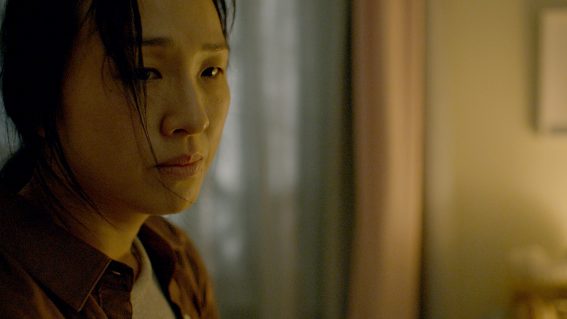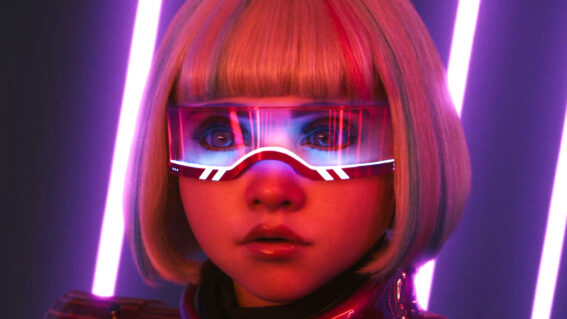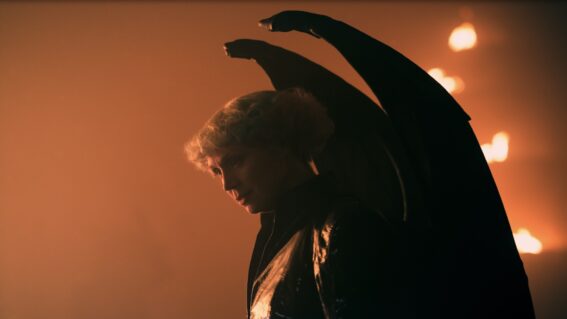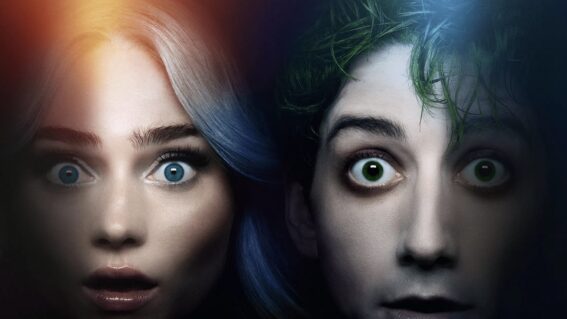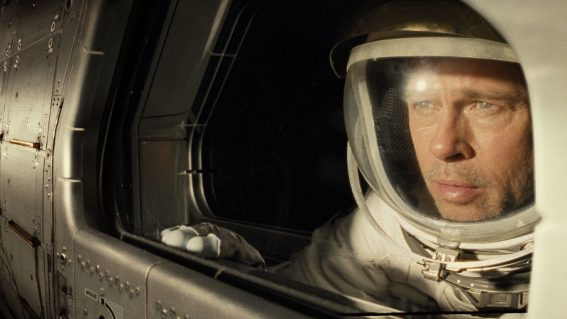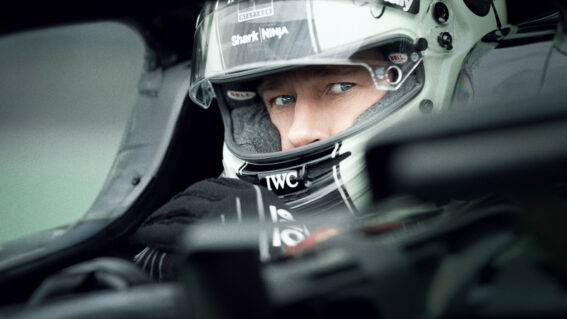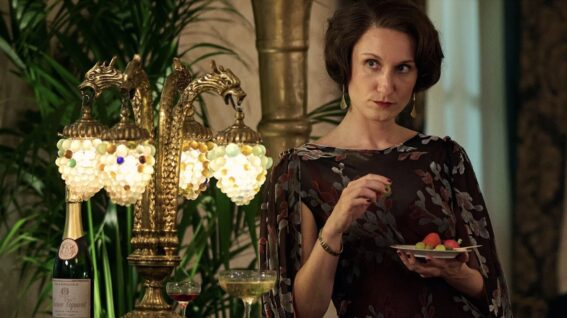Director of Kiwi ASMR drama Shut Eye on how they made an NZIFF feature on a micro-budget
Tom Levesque opens our ears to his feature debut and the world of ASMR.
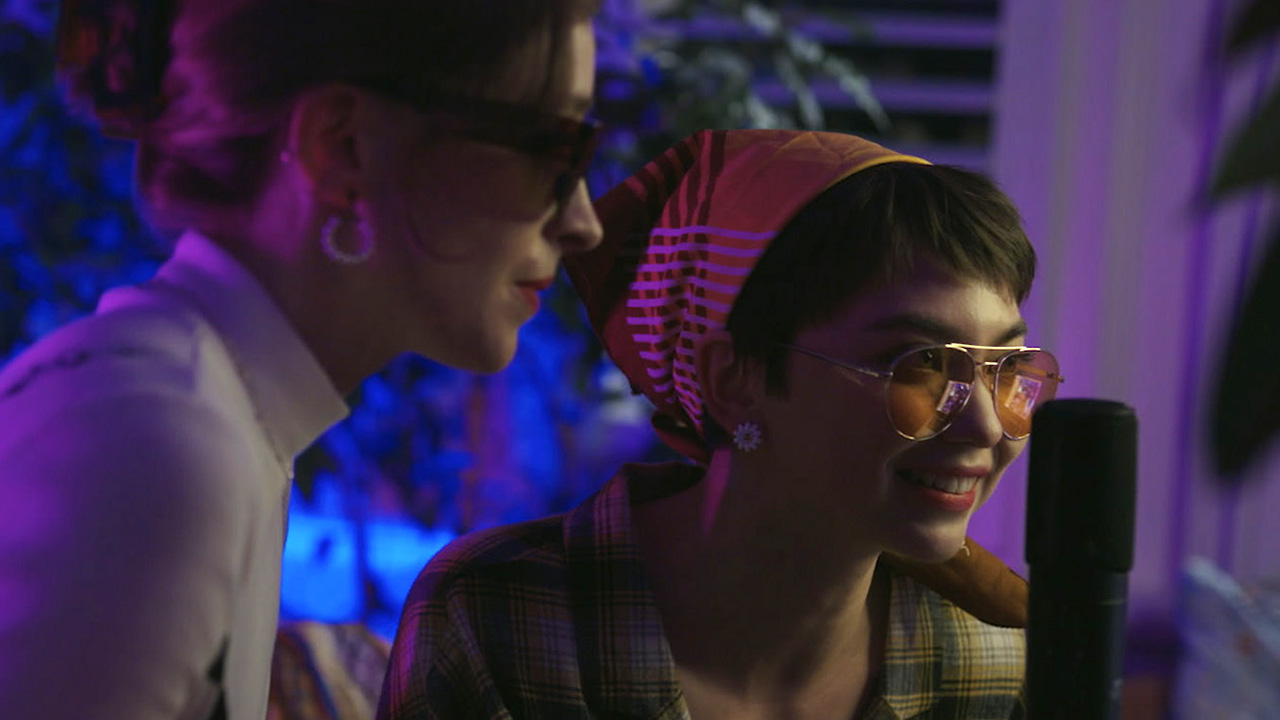
As part of our Q&A series for local features playing as part of Whānau Mārama: New Zealand International Film Festival, filmmaker Tom Levesque opens our ears to the world of his micro-budget ASMR Auckland-set feature Shut Eye.
Describe your film in EXACTLY eight words.
A reflection on getting in sync with yourself.
How did you go about casting your leads and what did you enjoy discovering about them while making your film?
We started the casting process in February 2021. We knew from the beginning that we wanted to work with actors who had never been in a feature film. This was both in consideration of a tight budget, but as first-time feature filmmakers ourselves, we wanted to create a platform for all those involved to use this opportunity as a springboard for their next career moves.
We were lucky to meet Sarah May early in auditions, and from our first meeting we knew Sarah was the perfect actor to play Kate. Being a nuanced character who lives in diaspora and suffering an identity crisis, Sarah immediately brought her own experiences and insight to the character of Kate. We had a sketch of who Kate was in our minds and Sarah was able to build layer upon layer to the depth of the character, which we see in her magnetic performance.
We finalised our casting in May 2021 when we met Millie van Kol, who impressed us with the way she could intellectualise the script and express the character of Sierra, whose desperate loneliness would need to carry the film. We followed up with chemistry testing alongside acting coach Romy Hooper, and after offering the role to Millie we spent 4 weeks in rehearsals to really delve deep into the characters.
What was it about ASMR that drew you to it as an element in your film?
I first started becoming aware of ASMR in 2017 when I returned to New Zealand from living abroad. For me, I initially used it to help with anxiety and a brief bout of insomnia. I found listening to calming sounds such as rainfall, or simply a friendly person whispering into a microphone, an oddly satisfying and very therapeutic experience.
But it wasn’t until 2020 that I started to play with the idea of an ASMR film while dreaming up a new screenplay that could be achieved on a micro-budget. My partner and I knew we wanted to tell a coming-of-age film set at night, so the idea of an insomniac who used ASMR to help get to sleep was a great fit. We went back and forth on this and did a bit more research before nutting out the outline for our story.
In my research, there was something that was both mysterious and hypnotising about the allure of an ASMR streamer who uses sound therapy to attract thousands of listeners each night. It felt like an oddly personal experience that could quickly become addictive. We found ourselves asking; Who are these people? How did they get here? Do they have relationships with audiences that move offline?
We quickly realised just how enthralled we had become and it was enough motivation for us to commit to telling a story about ASMR. It’s also a world that hasn’t fully been explored in cinema, which we felt was rich material to create a film for audiences that felt totally fresh and original.
Do you have any preferred ASMR listening to recommend?
ASMR covers quite a broad range of categories, from unboxing videos, ambient nature explorations, to role-playing pieces. It’s really a huge universe to explore that’s ultimately a subjective experience to discover your own trigger sounds.
For me, I often use it before bed so I have been visiting a streamer called Fred’sVoice, who has many different role-playing characters, some of them can be comical or more sincere. His ‘Doctor Sleep’ videos are worth checking out.
Another is Zach Choi, whose videos are part cooking, part mukbang. He cooks some pretty intense meals and goes about eating them on his own or with guests—all completely without talking. My partner hates the sound of fried chicken being eaten, but I found watching his videos a great way to satisfy junk food cravings without having to get a bucket of KFC.
How do you feel about the version of Tāmaki Makaurau you have captured here? Do any locations stand out?
Eva Trebilco, the producer of our film and I were intent from the beginning that we wanted to shoot Auckland in a way that hadn’t been done before. We wanted it to feel like the audience is seeing the city for the first time, just as our lead character Sierra sees it as a newcomer. Working with our cinematographer, Kelly Chen, we had a motto of “shooting a foreign film in New Zealand” and we stayed well clear of any recognisable landmarks.
For me, my favourite inner-city area is High Street and Vulcan Lane—where we shot many of our scenes in the vicinity. If you angle the camera in particular ways, suddenly you feel like you could be somewhere in Europe.
On a deeper level in our test screenings, we had a lot of reviewers talk about how our coverage of Auckland was beautiful to view, but also created a sense of coldness to the characters we see on-screen. While I think Auckland is an awesome city, I also wanted to explore the idea of a city that’s quickly losing its sense of collective community.
This community disconnect is a thread we explore throughout the film, where gentrification, the widening gap of inequality and xenophobic attitudes are all proponents of this disconnection that I’ve seen in Auckland over time and wanted to speak to.
As a first-time feature director, what do you know now that you wish you knew earlier?
The entire process of distribution was entirely foreign to me when we first started the film. Things such as chain-of-rights and the level of detail that needs to be accounted for and scrutinised has been a huge eye-opener for me.
I originally planned on certain music tracks to feature or a clothing brand to appear, but we quickly realised the cost and duration of negotiating these things. Luckily we found workarounds for these, but had we not, we may have lost a few pivotal scenes which would have been devastating.
Moral is: write and film things that won’t need permission from legal departments in New York to approve… It’s really stressful!
During production, what was the biggest hurdle you had to overcome?
We had such a short window to capture a feature film with the level of quality we wanted, alongside a budget that was roughly half of what the Film Commission gives out for short films (Catalyst Funding). We had to be very thoughtful about our coverage of scenes and overall tone of the film that not only needed to look great, but be on-budget and on-schedule.
Kelly, Eva and I spent a very long time pre-planning the tiniest of details to make sure we would finish each day with footage that we’d envisioned. Some days we had to pivot our vision, but overall all this intense planning worked in our favour with the shoot going very smoothly.
For you, what was the most memorable part of this whole experience?
For whatever reason, my entire career in film and television in New Zealand has been fraught with others telling me I’m no good and would never make a feature film. This kind of negativity can eat away at you after years of put-downs, so for me, I think reaching the last day of the shoot, where we had conquered 16 days on a micro-budget with first-time filmmakers and knowing we had fantastic footage—that was a really proud moment.
I was able to put some of those ghosts to bed and actually say to myself, yes I can do this and it’s only the beginning.
What was the last great film you saw?
I’ve been watching plenty of greats from the Criterion channel recently, and am making my way through Akira Kurosawa’s films. The one that stood out last week was the wonderful High and Low; where a wealthy businessman faces bankrupting his business in order to pay a huge ransom for the kidnapping of his driver’s son.
It is classic Kurosawa; tense performances, tight writing, and paced like a brilliant game of chess.







